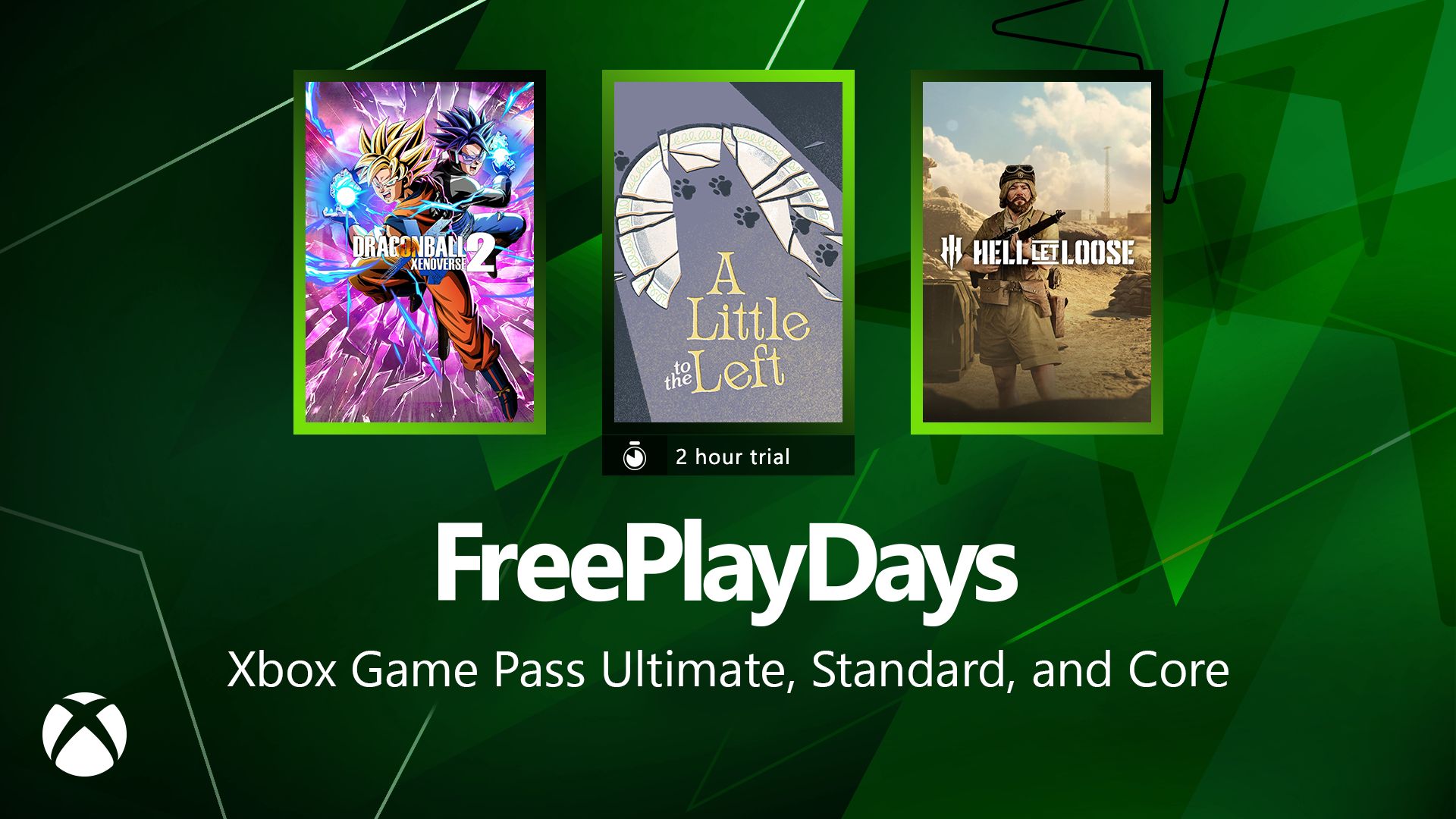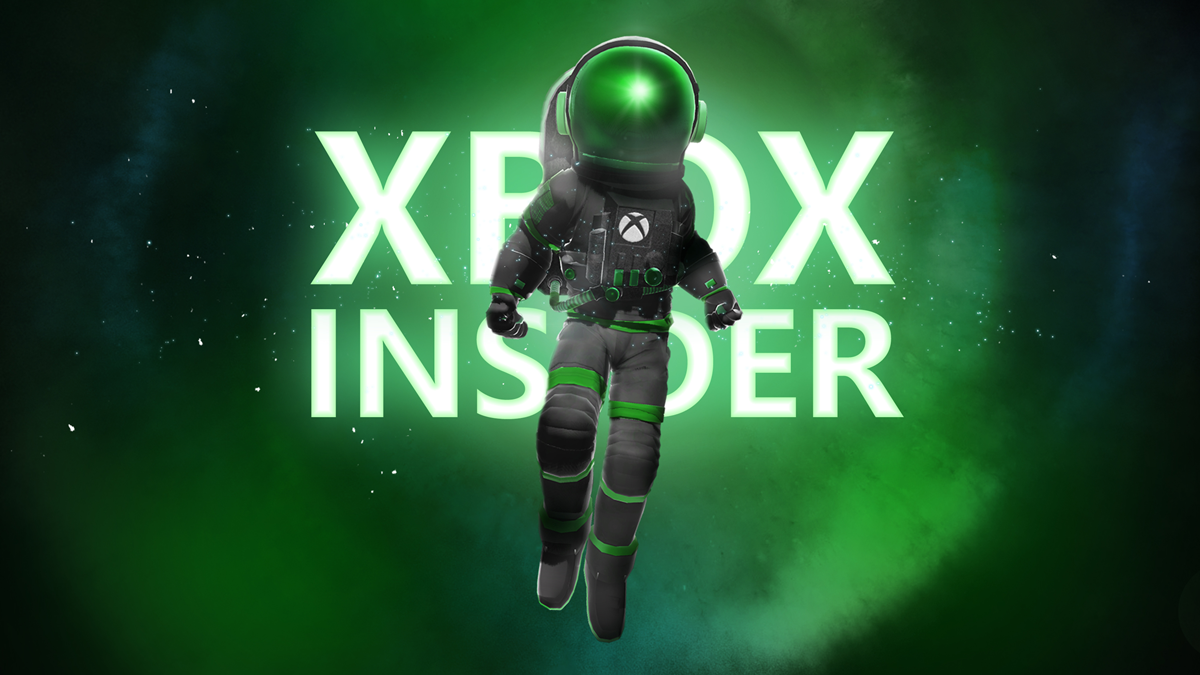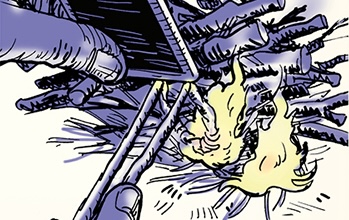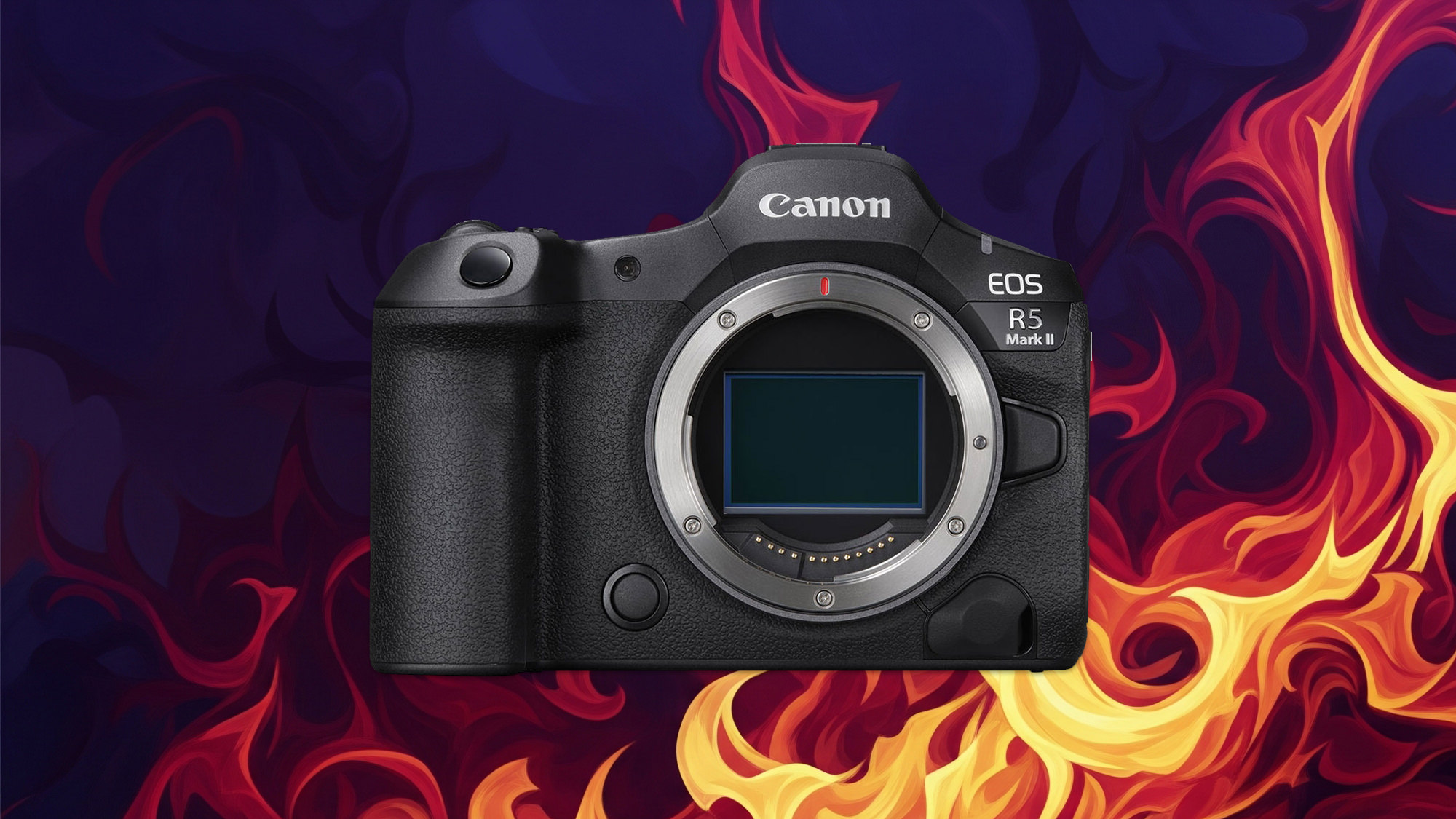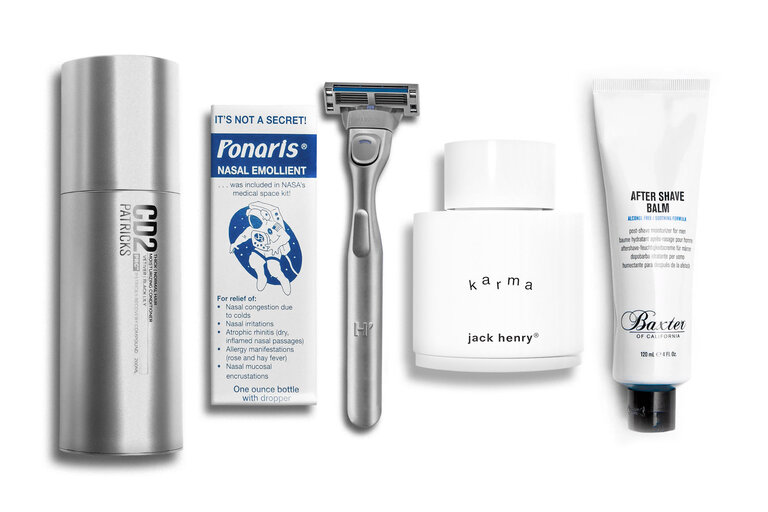Try Our Storytelling Checklist for Screenwriters
I have a new spec out in the world, so that means it's time to stress...or not. I actually am really calm about this one hitting the market, not just because I believe in the vision, but because I went over it with this checklist beforehand. See, I was sick and tired of bringing reads where someone would come back with something obvious I missed, so now, before I send my script out into the world, I use this handy checklist to make sure I have addressed all the main things I wanted to. And today, I'm bringing that storytelling checklist to you. Let's dive in. Storytelling Checklist for ScreenwritersI broke thins all down by the core pillars of narrative craft, so use this guide to build your story, layer by layer, ensuring no crucial element is left to chance.And make sure it's all in there before you send it out to anyone. I. Concept & LoglineBefore the first scene is written, the core of your story must be solid. A compelling concept is the seed from which your entire narrative will grow. High Concept? Is your idea easily summarized and intriguing? Can you pitch it in 25 words or less? The Logline: Does your logline clearly state the protagonist, their goal, the antagonist/obstacle, and the stakes? Example: A determined detective (protagonist) must outwit a brilliant serial killer (antagonist) to save his kidnapped daughter (stakes). Originality: Does your concept offer a fresh perspective or a unique twist on a familiar genre? Audience Appeal: Who is the intended audience for this story? Is there a clear market for it? Theme: What is the central question or message at the heart of your story? What are you trying to say about the human condition? II. CharacterCharacters are the vessels through which the audience experiences the narrative. They must be believable, compelling, and drive the plot forward. Protagonist: Active vs. Passive: Is your protagonist actively making decisions and driving the story, or are things just happening to them? Compelling Flaw: What is your protagonist's significant character flaw that they must overcome? Clear Goal: What does your protagonist want (external goal) and what do they need (internal goal)? Backstory: What key past events have shaped who they are today? How does this influence their present actions? Unique Voice: Does their dialogue sound distinct and true to their personality? Antagonist: Worthy Opponent: Is the antagonist a formidable and intelligent force that truly challenges the protagonist? Clear Motivation: Why are they the antagonist? What is their goal, and why does it conflict with the protagonist's? Avoid one-dimensional villains. The Hero of Their Own Story: From their perspective, are their actions justified? Supporting Characters: Purposeful Roles: Does each supporting character serve a clear function in the story (e.g., mentor, ally, comic relief, foil)? Distinct Personalities: Do they have their own unique voices, goals, and arcs, however small? Avoid Stereotypes: Are your characters nuanced individuals rather than tired clichés? III. Plot & Structure: The BlueprintA well-structured plot keeps the audience engaged and ensures a satisfying narrative journey. The traditional three-act structure is a reliable framework. Act I: The Setup (Pages 1-30) Opening Image: Does the first image encapsulate the tone and theme of the story? Introduction of Protagonist: Do we quickly understand who the protagonist is and what their ordinary world looks like? Inciting Incident (Catalyst): Is there a clear event that disrupts the protagonist's world and sets the story in motion? Debate: Does the protagonist initially resist the call to action? Break into Act II (Turning Point 1): Does the protagonist make a decisive choice that propels them into the main conflict? Act II: The Confrontation (Pages 30-90) Rising Action: Does the conflict escalate through a series of increasingly difficult obstacles and challenges? Midpoint: Is there a major turning point in the middle of the script that raises the stakes and changes the protagonist's approach? Subplots: Are there secondary storylines that intertwine with the main plot and explore the theme? All is Lost (Lowest Point): Does the protagonist suffer a major setback that makes their goal seem unattainable? Act III: The Resolution (Pages 90-120) The Final Push: Does the protagonist gather their strength and formulate a new plan? Climax: Is the final confrontation with the antagonist a satisfying and emotionally charged peak of the story? Resolution: Are the main plot and subplots resolved? Is there a clear sense of a new normal? Final Image: Does the last image provide a sense of closure and resonate with the opening image? IV. Scene & Dialogue: The Building BlocksEach scene is a mini-story with its own beginning, middle, and end. Compelling scenes are the lifeblood of a great screenplay. Scene Purpose: Does this scene advance the plot? Does this scene reveal character? Does this scene explore the theme


I have a new spec out in the world, so that means it's time to stress...or not. I actually am really calm about this one hitting the market, not just because I believe in the vision, but because I went over it with this checklist beforehand.
See, I was sick and tired of bringing reads where someone would come back with something obvious I missed, so now, before I send my script out into the world, I use this handy checklist to make sure I have addressed all the main things I wanted to.
And today, I'm bringing that storytelling checklist to you.
Let's dive in.
Storytelling Checklist for Screenwriters

I broke thins all down by the core pillars of narrative craft, so use this guide to build your story, layer by layer, ensuring no crucial element is left to chance.
And make sure it's all in there before you send it out to anyone.
I. Concept & Logline
Before the first scene is written, the core of your story must be solid. A compelling concept is the seed from which your entire narrative will grow.
- High Concept? Is your idea easily summarized and intriguing? Can you pitch it in 25 words or less?
- The Logline: Does your logline clearly state the protagonist, their goal, the antagonist/obstacle, and the stakes?
- Example: A determined detective (protagonist) must outwit a brilliant serial killer (antagonist) to save his kidnapped daughter (stakes).
- Originality: Does your concept offer a fresh perspective or a unique twist on a familiar genre?
- Audience Appeal: Who is the intended audience for this story? Is there a clear market for it?
- Theme: What is the central question or message at the heart of your story? What are you trying to say about the human condition?
II. Character
Characters are the vessels through which the audience experiences the narrative. They must be believable, compelling, and drive the plot forward.
- Protagonist:
- Active vs. Passive: Is your protagonist actively making decisions and driving the story, or are things just happening to them?
- Compelling Flaw: What is your protagonist's significant character flaw that they must overcome?
- Clear Goal: What does your protagonist want (external goal) and what do they need (internal goal)?
- Backstory: What key past events have shaped who they are today? How does this influence their present actions?
- Unique Voice: Does their dialogue sound distinct and true to their personality?
- Antagonist:
- Worthy Opponent: Is the antagonist a formidable and intelligent force that truly challenges the protagonist?
- Clear Motivation: Why are they the antagonist? What is their goal, and why does it conflict with the protagonist's? Avoid one-dimensional villains.
- The Hero of Their Own Story: From their perspective, are their actions justified?
- Supporting Characters:
- Purposeful Roles: Does each supporting character serve a clear function in the story (e.g., mentor, ally, comic relief, foil)?
- Distinct Personalities: Do they have their own unique voices, goals, and arcs, however small?
- Avoid Stereotypes: Are your characters nuanced individuals rather than tired clichés?
III. Plot & Structure: The Blueprint
A well-structured plot keeps the audience engaged and ensures a satisfying narrative journey. The traditional three-act structure is a reliable framework.
- Act I: The Setup (Pages 1-30)
- Opening Image: Does the first image encapsulate the tone and theme of the story?
- Introduction of Protagonist: Do we quickly understand who the protagonist is and what their ordinary world looks like?
- Inciting Incident (Catalyst): Is there a clear event that disrupts the protagonist's world and sets the story in motion?
- Debate: Does the protagonist initially resist the call to action?
- Break into Act II (Turning Point 1): Does the protagonist make a decisive choice that propels them into the main conflict?
- Act II: The Confrontation (Pages 30-90)
- Rising Action: Does the conflict escalate through a series of increasingly difficult obstacles and challenges?
- Midpoint: Is there a major turning point in the middle of the script that raises the stakes and changes the protagonist's approach?
- Subplots: Are there secondary storylines that intertwine with the main plot and explore the theme?
- All is Lost (Lowest Point): Does the protagonist suffer a major setback that makes their goal seem unattainable?
- Act III: The Resolution (Pages 90-120)
- The Final Push: Does the protagonist gather their strength and formulate a new plan?
- Climax: Is the final confrontation with the antagonist a satisfying and emotionally charged peak of the story?
- Resolution: Are the main plot and subplots resolved? Is there a clear sense of a new normal?
- Final Image: Does the last image provide a sense of closure and resonate with the opening image?
IV. Scene & Dialogue: The Building Blocks
Each scene is a mini-story with its own beginning, middle, and end. Compelling scenes are the lifeblood of a great screenplay.
- Scene Purpose:
- Does this scene advance the plot?
- Does this scene reveal character?
- Does this scene explore the theme? (Ideally, a great scene does all three).
- Conflict: Is there a clear conflict of interest or obstacle within the scene?
- Entering and Exiting: Do you enter the scene as late as possible and exit as early as possible?
- Show, Don't Tell: Are you using visual action and subtext to convey information and emotion rather than relying on expositional dialogue?
- Dialogue:
- Distinct Voices: Do your characters sound different from one another?
- Subtext: Is there a deeper meaning behind what the characters are saying?
- Conciseness: Is the dialogue sharp and to the point? Have you cut any unnecessary lines?
- Avoid On-the-Nose Dialogue: Do characters say exactly what they are thinking and feeling, or is it more nuanced?
V. Formatting & Presentation: The Professional Polish
Proper formatting is not just about aesthetics; it's about clarity and professionalism.
- Standard Screenplay Format: Are you using the correct font (12-point Courier), margins, and layout for scene headings, action lines, character names, and dialogue?
- Page Count: Is your script within the industry-standard length (typically 90-120 pages for a feature film)?
- Clarity and Brevity: Are your action lines concise and focused on what can be seen and heard?
- Proofreading: Have you meticulously checked for typos, grammatical errors, and formatting inconsistencies? A clean script shows you are a serious writer.
Summing It All Up
I am such an excited writer that I can never wait to get an idea out into the world. But I need to. We all do. I designed this checklist to make sure my script is up to snuff and I'm not burning reads when I have obvious errors inside.
Let me know what you think in the comments.





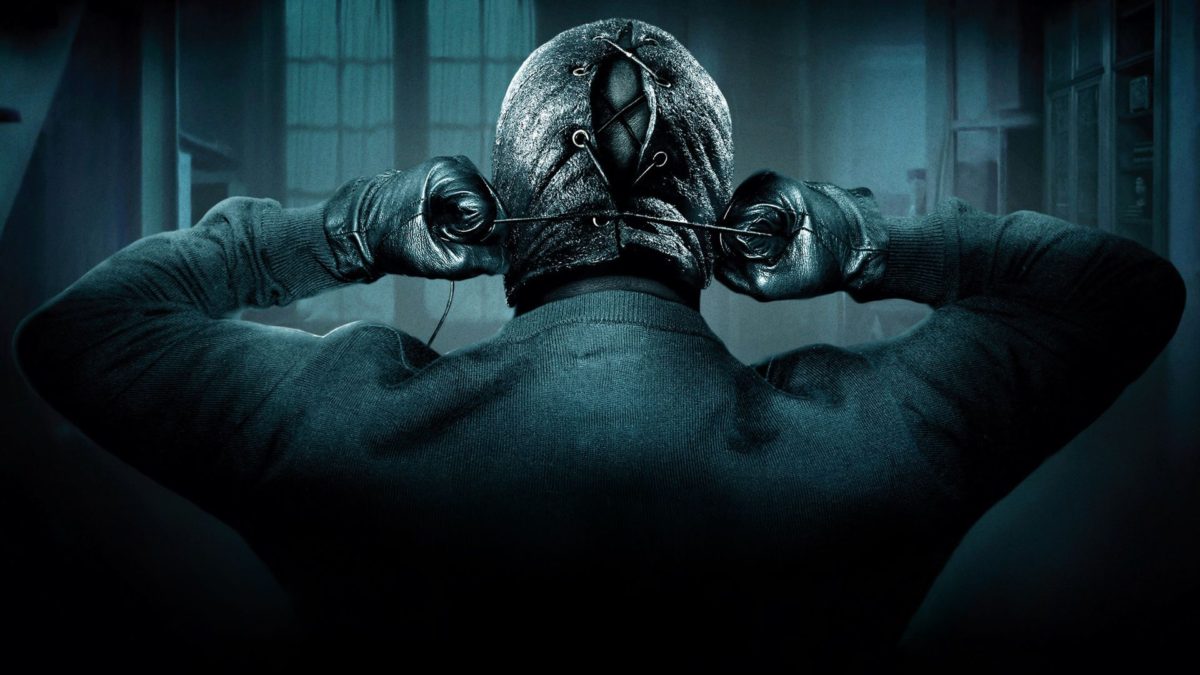

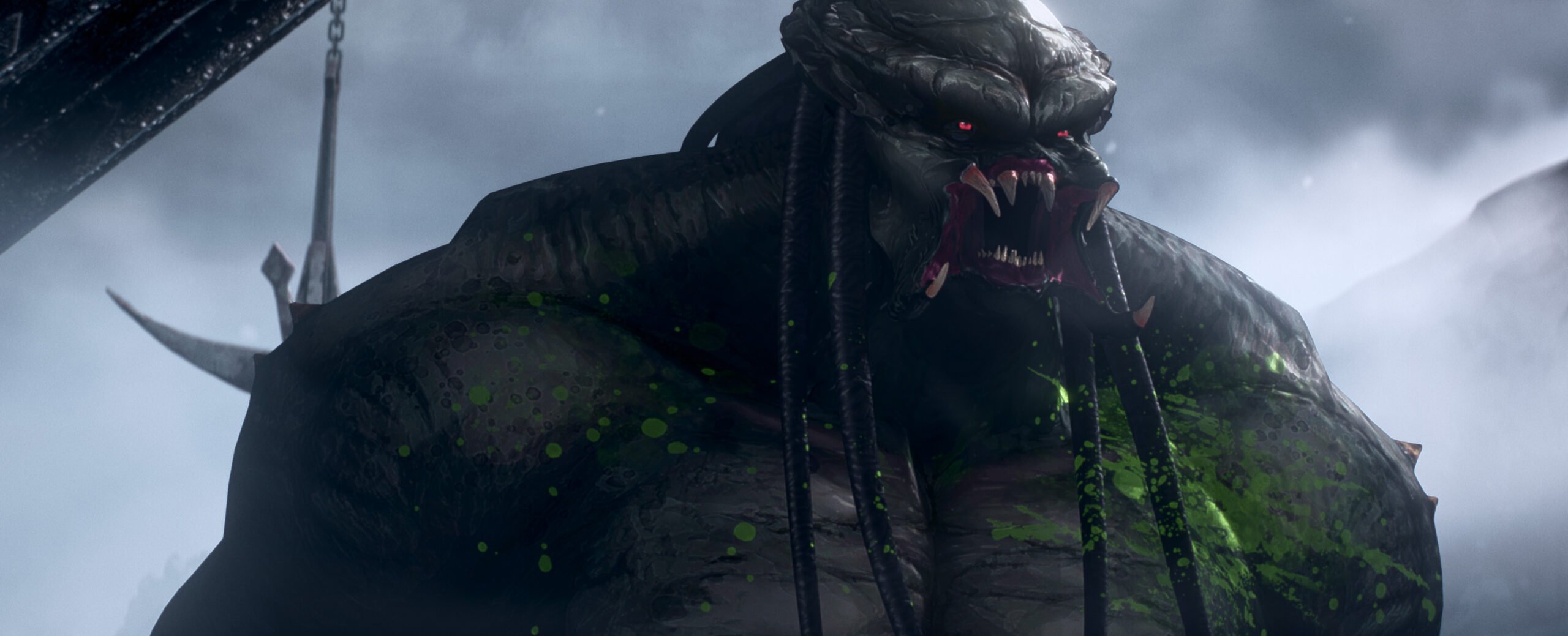













































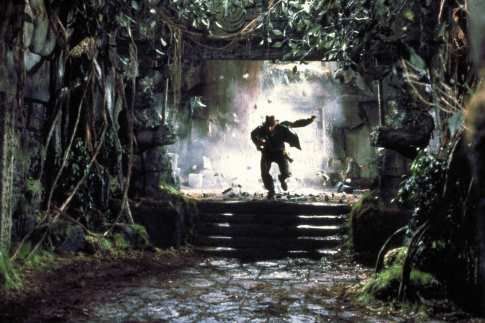

![The Sweet Cheat [THE PAST REGAINED]](https://jonathanrosenbaum.net/wp-content/uploads/2011/05/timeregained-womanonstairs.png)

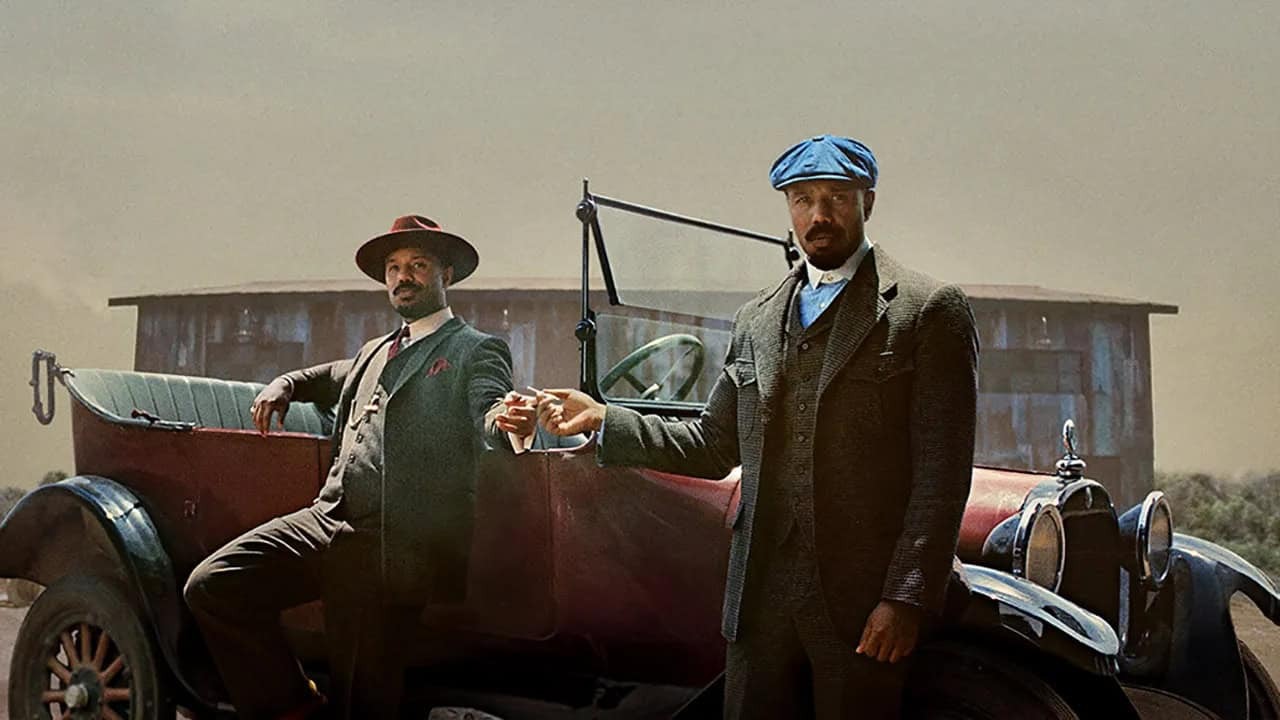















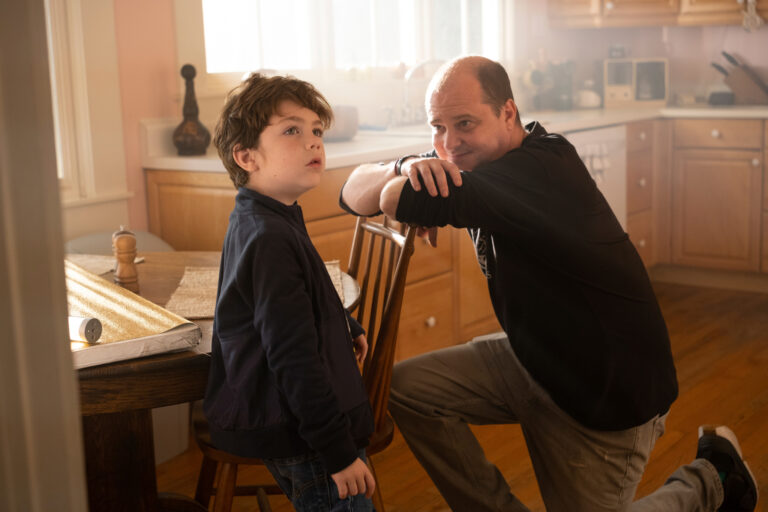
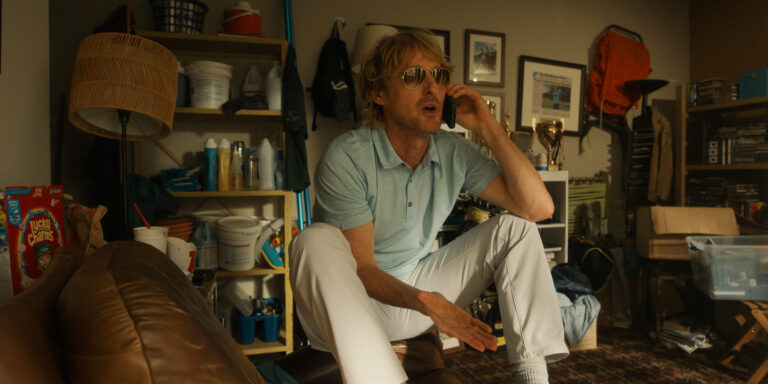
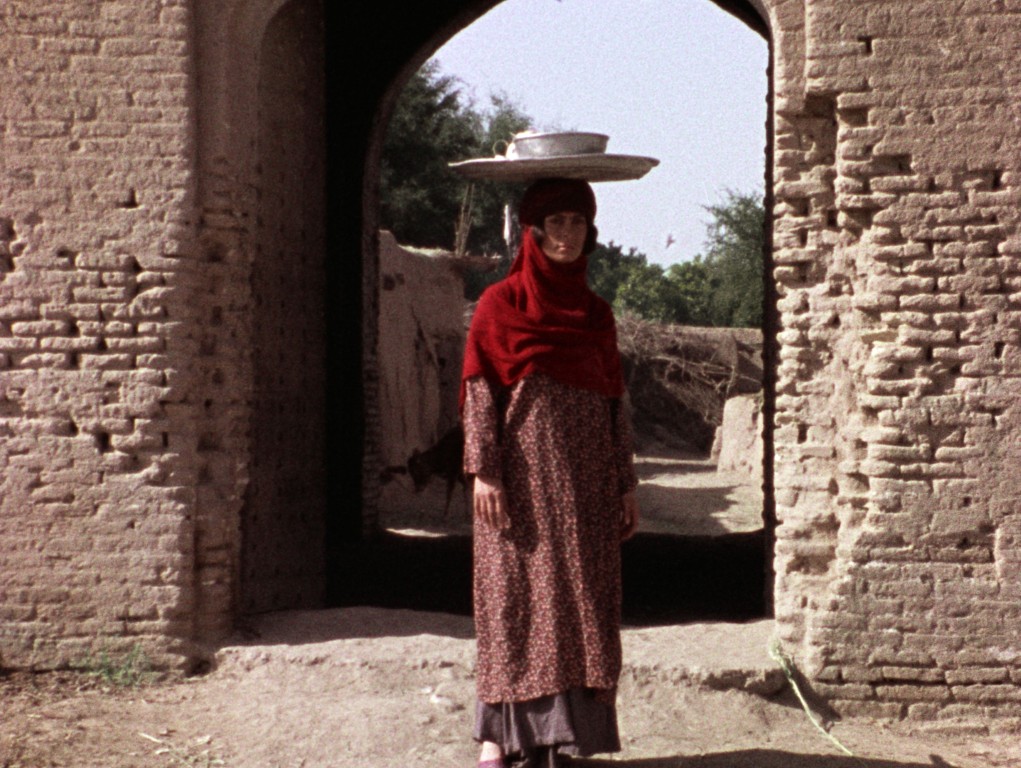








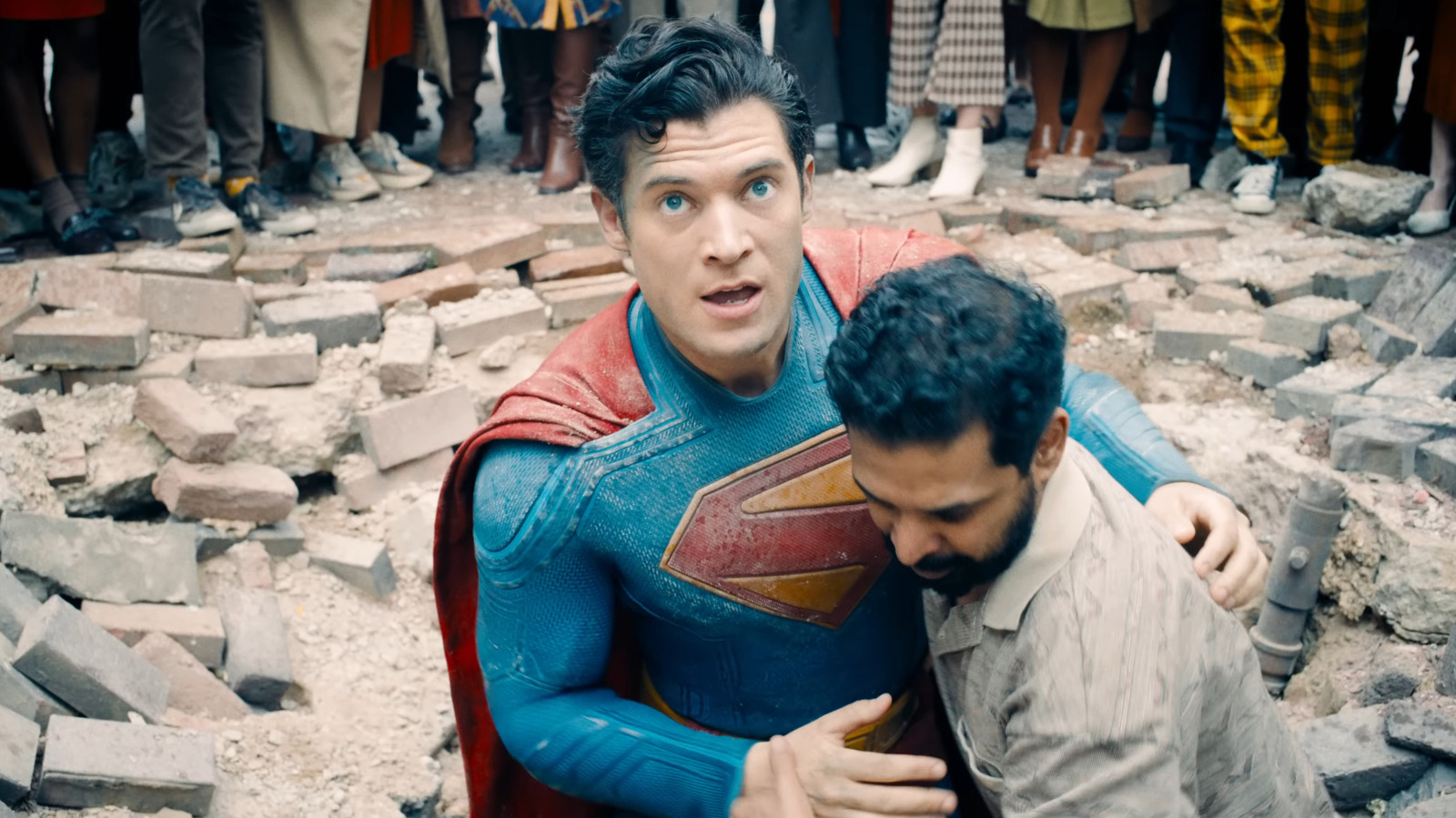
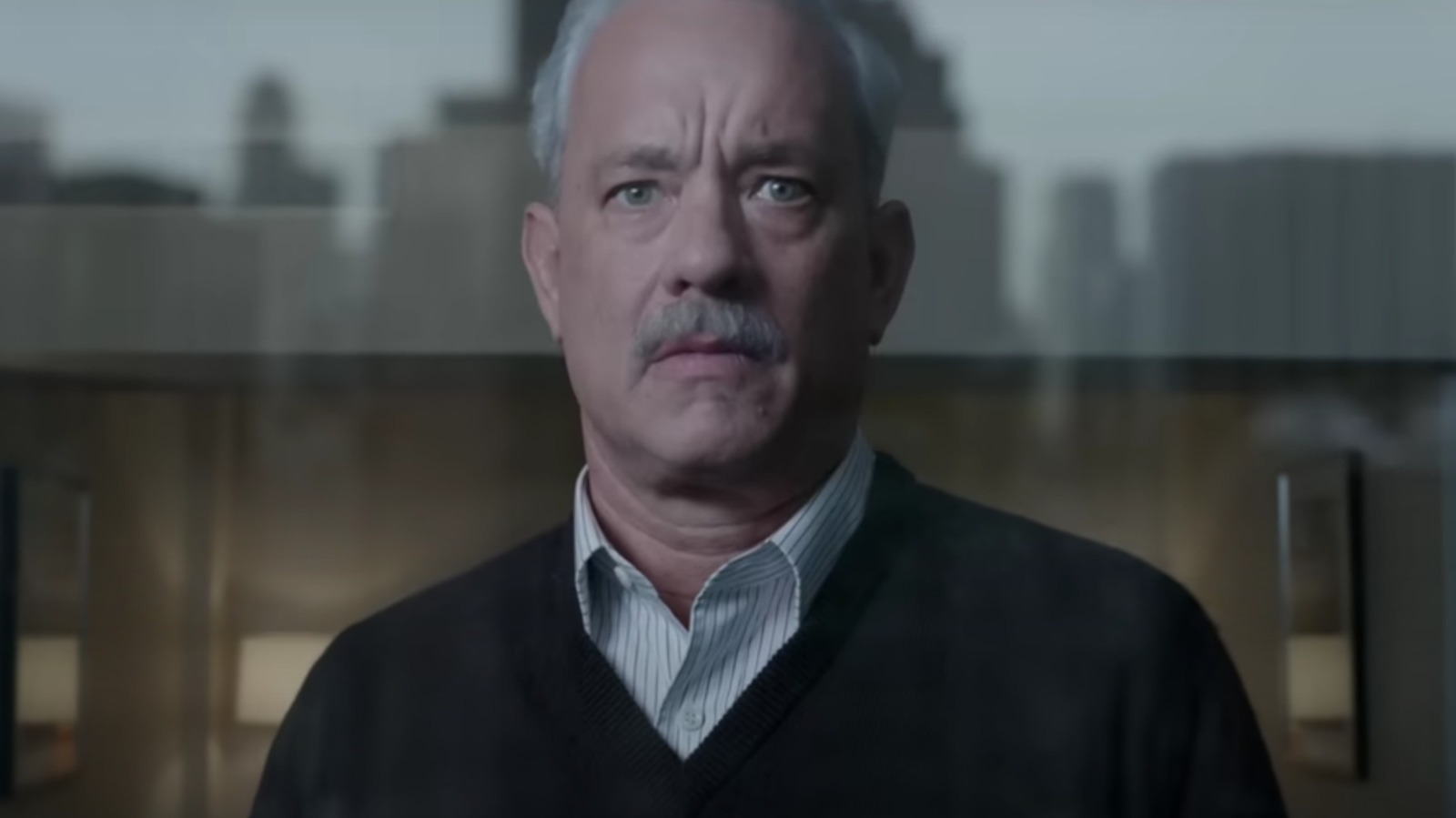

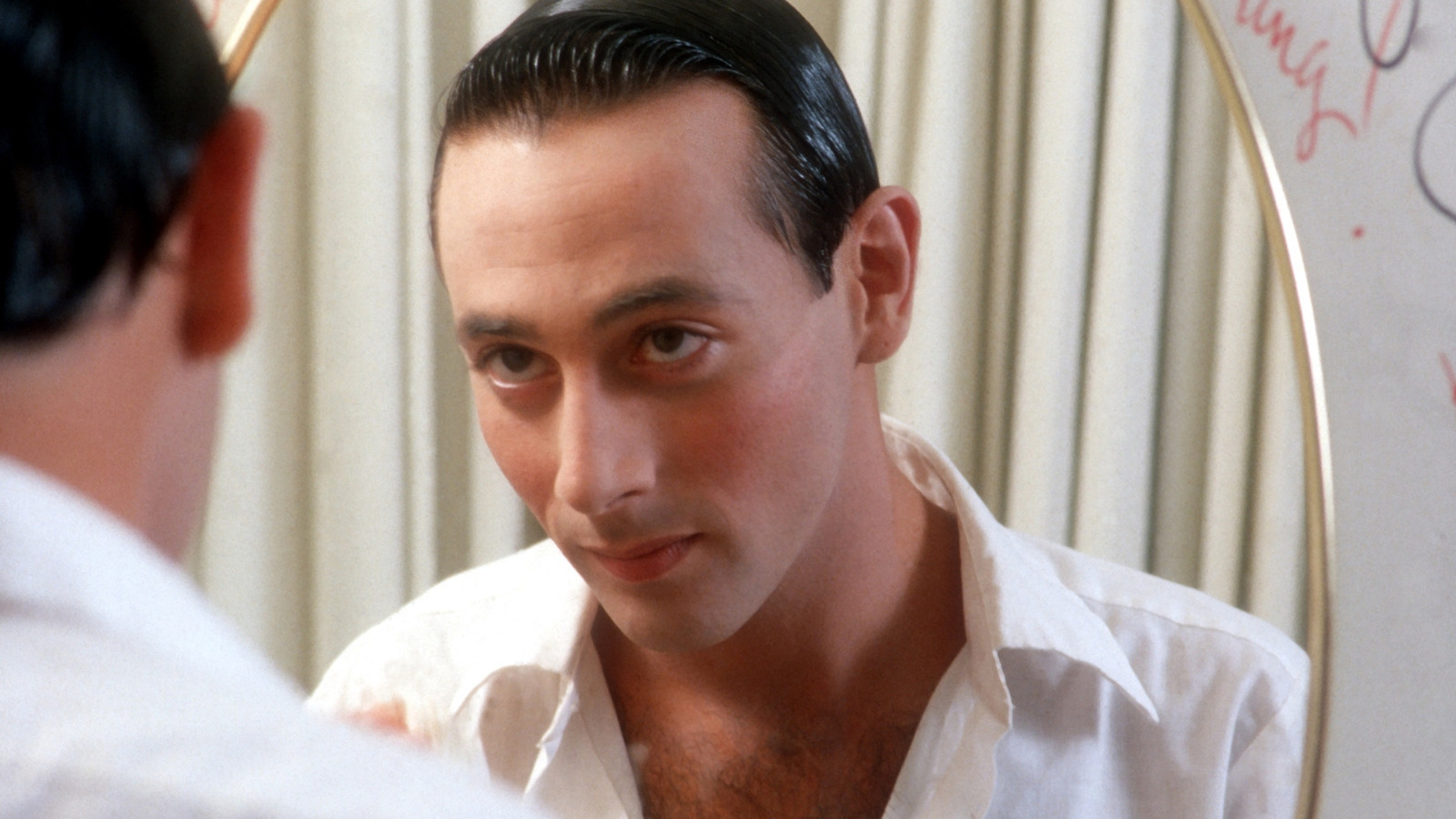











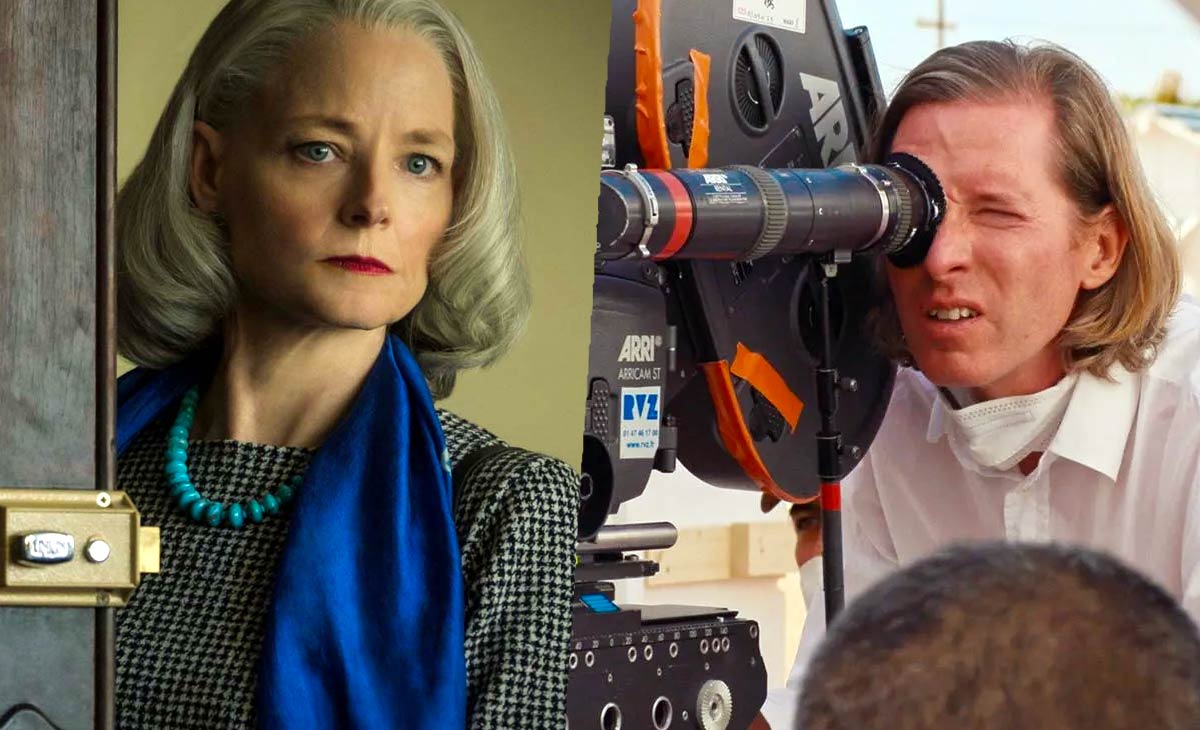
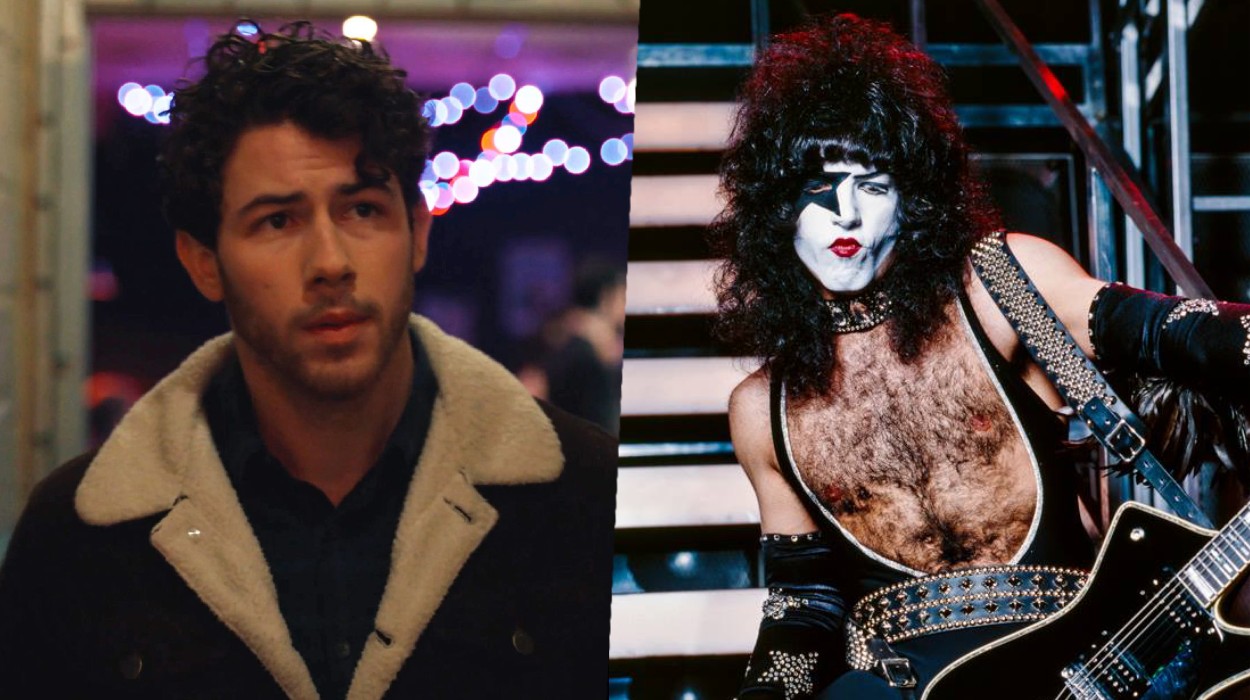

























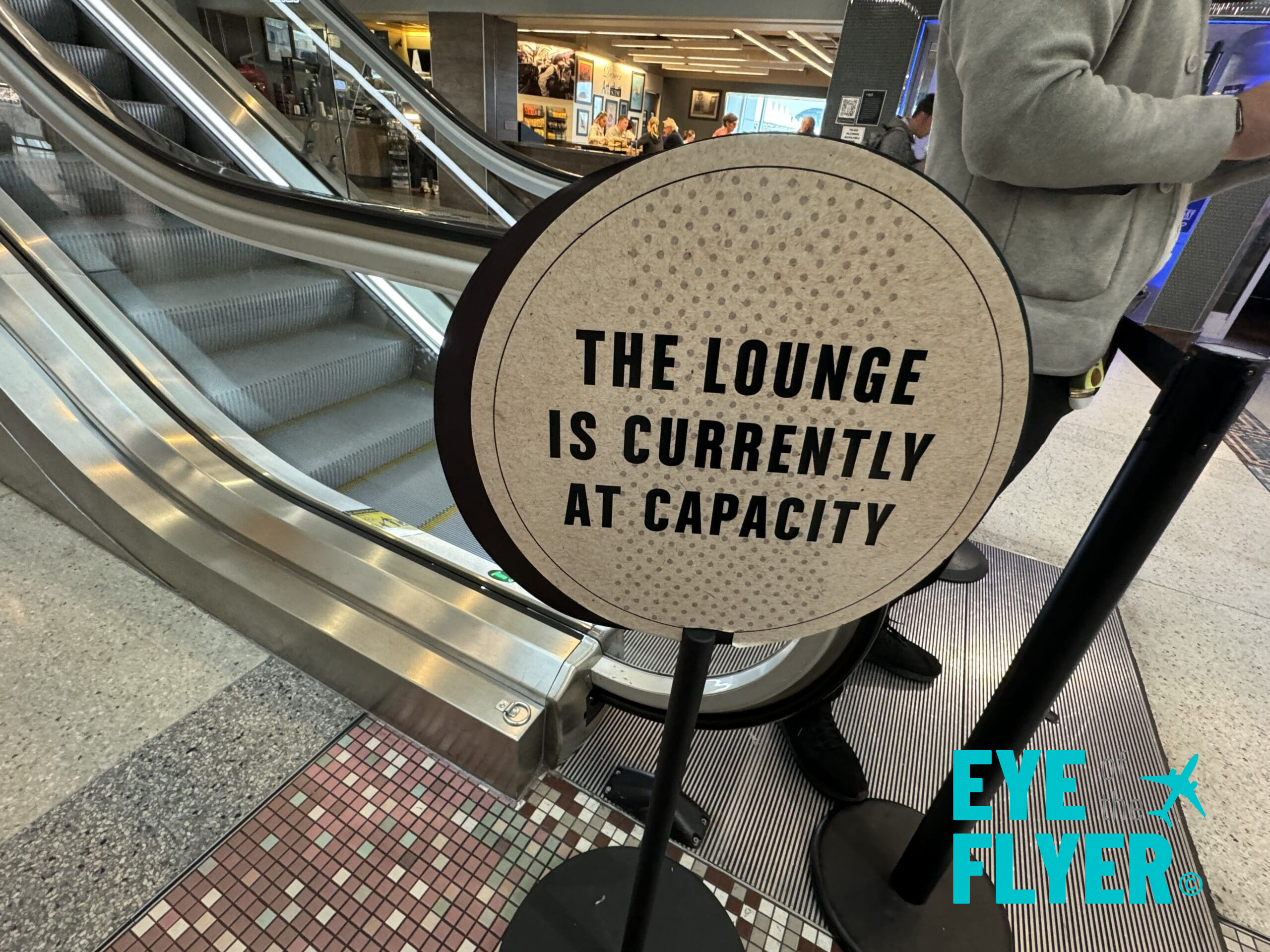








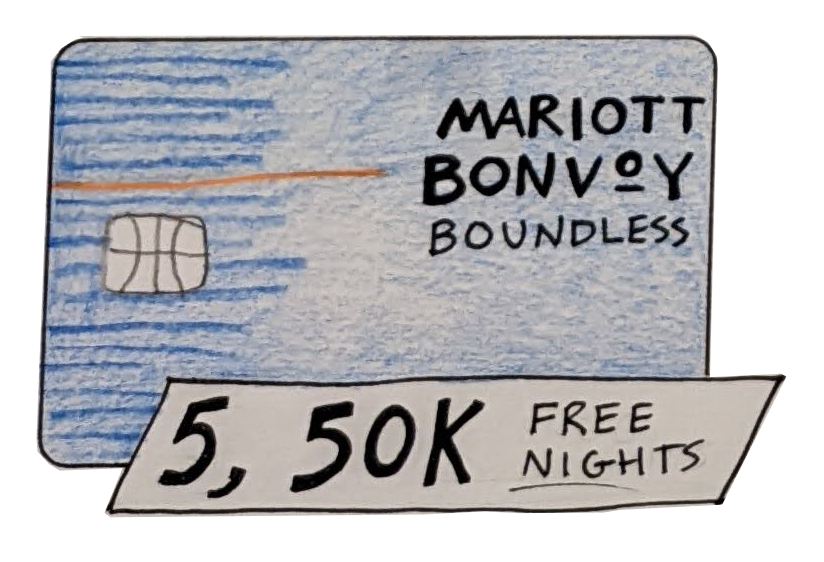















































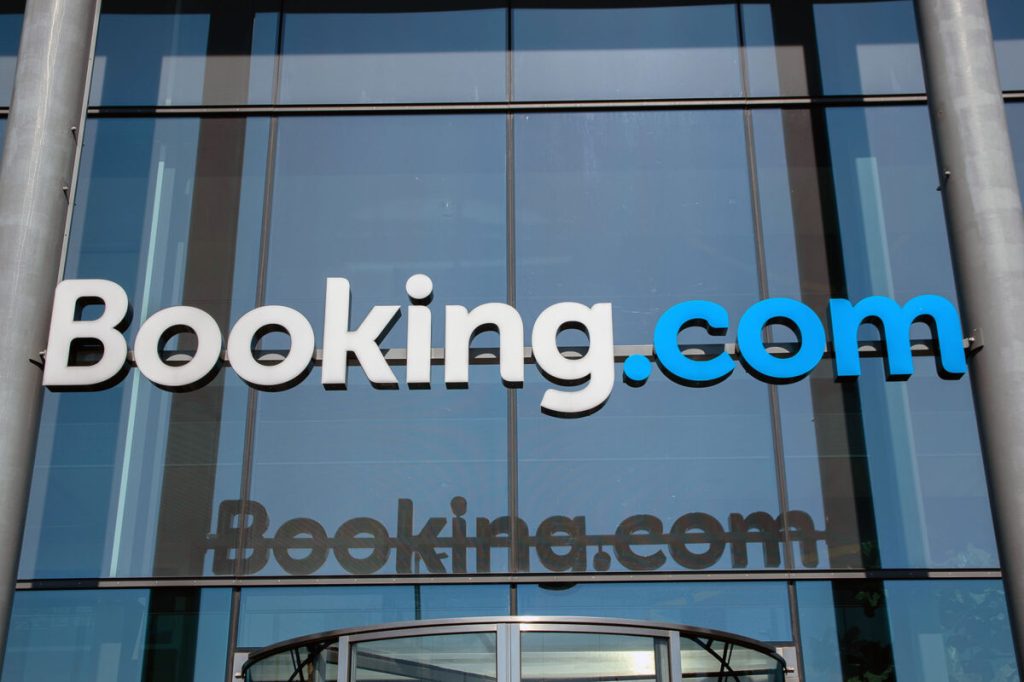













































-0-8-screenshot.png?width=1920&height=1920&fit=bounds&quality=70&format=jpg&auto=webp#)
.jpg?width=1920&height=1920&fit=bounds&quality=70&format=jpg&auto=webp#)


























